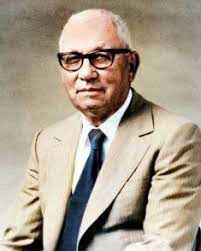PTFE, or Polytetrafluoroethylene, is a synthetic fluoropolymer known for its remarkable chemical resistance, high melting point, and non-stick properties. It's a thermoplastic polymer composed of carbon and fluorine atoms, with the chemical formula (C₂F₄)n. PTFE is widely recognized by its trade name Teflon® and is used in various applications, including cookware, industrial coatings, and medical devices.

Polytetrafluoroethylene (PTFE), commonly known by the brand name Teflon®, was discovered accidentally in 1938 by Dr. Roy J. Plunkett while working at DuPont. He was experimenting with gases related to refrigerants when he found a sample of tetrafluoroethylene had spontaneously polymerized into a white, waxy solid. This discovery led to the development of one of the most versatile materials known, with applications ranging from non-stick cookware to aerospace components.
- Here's a more detailed look at the history:
Accidental Discovery: In 1938, Dr. Plunkett was working on developing a new refrigerant when he discovered PTFE. - Initial Applications:
Initially, PTFE was used in military applications during World War II, particularly in the Manhattan Project for its corrosion resistance in handling uranium hexafluoride. - Teflon® Trademark:
DuPont patented PTFE in 1945 and registered the trademark Teflon®. - Commercialization:
Commercial production of Teflon® began in 1946. - Expanding Applications:
Over time, PTFE's unique properties, including its non-stick, chemical resistance, and high-temperature stability, led to its widespread use in various industries. - Beyond Non-Stick:
While PTFE is well-known for its use in non-stick cookware, it also plays a vital role in aerospace, electronics, and industrial processes. - Filled PTFE:
In some applications, PTFE is combined with other materials, such as carbon, to enhance its mechanical strength and wear resistance
From standard sheets to custom components, we're ready to deliver quality you can rely on.
Contact Us